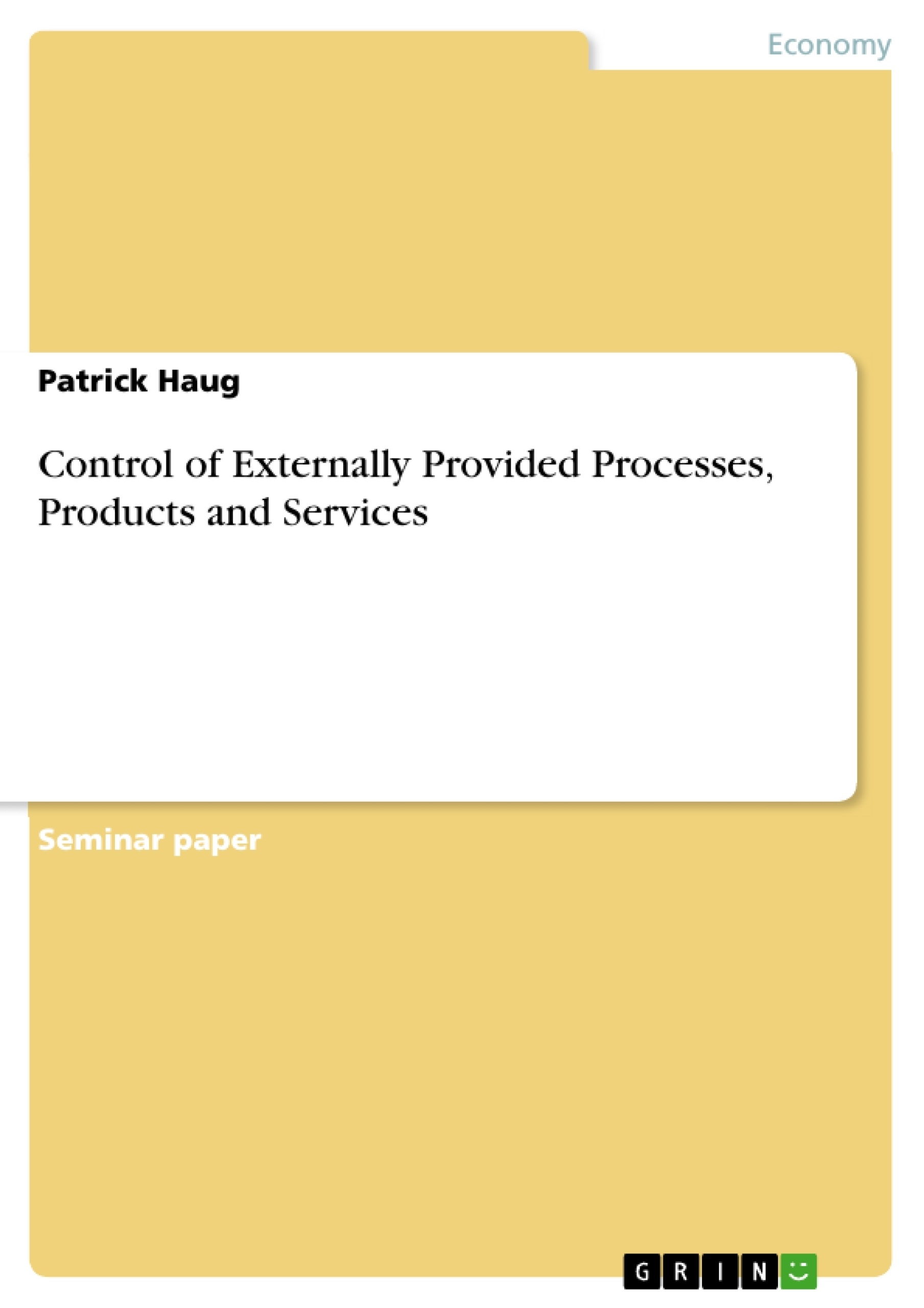Powered by hydro and steam power, at the end of the 18th century mechanical production facilities began to replace human labour. What is today known as the Industrial Revolution allowed for a far more efficient use of resources such as labour and soil. During the Second Industrial Revolution towards the end of the 19th century manual labour started to be increasingly replaced by mass production (as developed by Frederick Winslow Taylor), the introduction of assembly-line work (promoted by Henry Ford) thanks to the use of electricity. The introduction of electronic control systems and information technology in the 1970s finally heralded the Third Industrial Revolution. All three industrial revolutions have brought about accelerated processes and a degree of automation. In an increasingly global market the Internet of Things (products, production facilities, tools) connects the real with the virtual world and Cyber Physical Systems (CPS) are the foundation of the Fourth Industrial Revolution (Industry 4.0 – see Figure 1). CPS is an umbrella term for software-intensive embedded systems (ES) which are based on connected, integrated hardware- and software components in products or industrial production facilities (smart production) that are able to communicate with each other. Exactly these global markets with geographically diverse production locations, the changes brought about by Industry 4.0, CPS and ES pose new challenges for the established process management systems of companies used to steer and manage suppliers and partners. These challenges pertain all Industries irrespective of the nature of the products and services produced. This paper will examine the requirements and opportunities that follow from these developments. In the second chapter will focus on the increasingly complex Business to Business (B2B) demands placed on Total Quality Management (TQM) systems in the context of the ‘Control of externally provided processes, products and services’. The central question of the term paper is to evaluate the extent of ISO norms can assume a supporting function in this regard, particularly such norms that belong to the ISO 9000 family. The starting point is chapter 8.4 of ISO norm 9001:2015 ‘Control of externally provided processes, products and services’.
Inhaltsverzeichnis (Table of Contents)
- Introduction
- New Drivers of Supplier and Partner Management Systems
- Industry 4.0 and Internet of things (IoT) – Impact on present-day production
- Smart Factory
- Hybrid Value Creation
- Demands of Industry 4.0 to Control of externally provided processes, products and services in the realm of Supply Chain Management (10)
- IoT supply network places new demands on Supply Management
- Control of externally provided processes, products and services
- ISO 9000 family of quality standards
- External Provider - Recommendations of the ISO 9000 Family
- ISO 9000:2015 Fundamental
- ISO 9001:2015 Requirements
- ISO 9004 Guidelines
- SWOT ISO 9001:2015 chapter 8.4: Control of externally
- TQM
Zielsetzung und Themenschwerpunkte (Objectives and Key Themes)
This paper examines the requirements and opportunities that arise from the integration of Industry 4.0, Cyber Physical Systems (CPS) and embedded systems (ES) into global supply chain management. It focuses on the control of externally provided processes, products and services, specifically within the context of Total Quality Management (TQM) systems. The paper seeks to evaluate the support function that ISO norms, particularly those within the ISO 9000 family, can provide in this context, using chapter 8.4 of ISO 9001:2015 as a starting point.
- The impact of Industry 4.0 and the Internet of Things (IoT) on production and supply chain management.
- The role of ISO 9000 family of standards in the control of externally provided processes, products and services.
- The strengths, weaknesses, opportunities, and threats (SWOT) associated with the application of ISO 9001:2015 in this context.
- The potential benefits and challenges of integrating TQM principles into Industry 4.0-driven supply chains.
- The need for companies to adapt their supplier and partner management systems to meet the demands of the digital transformation.
Zusammenfassung der Kapitel (Chapter Summaries)
The introduction highlights the historical progression of industrial revolutions, culminating in Industry 4.0, characterized by the integration of Cyber Physical Systems (CPS) and the Internet of Things (IoT). This chapter emphasizes the need for adapting existing management systems to meet the challenges of this new industrial landscape, particularly in terms of supplier and partner management.
Chapter 2 delves into the key drivers behind the evolving demands on supplier and partner management systems. It focuses on Industry 4.0 and its impact on present-day production, the concept of the Smart Factory, and the emergence of hybrid value creation models. This chapter further examines the specific demands that Industry 4.0 places on supply chain management, particularly regarding the control of externally provided processes, products, and services.
Chapter 3 explores the role of the ISO 9000 family of standards in addressing the control of externally provided processes, products and services. It outlines the fundamental principles of the ISO 9000:2015 standard, the specific requirements outlined in ISO 9001:2015, and the guidelines provided by ISO 9004. These sections provide a comprehensive framework for implementing effective control measures in the context of external providers.
Schlüsselwörter (Keywords)
The paper focuses on the intersection of Industry 4.0, the Internet of Things (IoT), Cyber Physical Systems (CPS), embedded systems (ES), Total Quality Management (TQM), and the ISO 9000 family of quality standards. It explores the application of these concepts within the framework of supplier and partner management, particularly concerning the control of externally provided processes, products, and services.
- Quote paper
- Patrick Haug (Author), 2016, Control of Externally Provided Processes, Products and Services, Munich, GRIN Verlag, https://www.grin.com/document/415417




